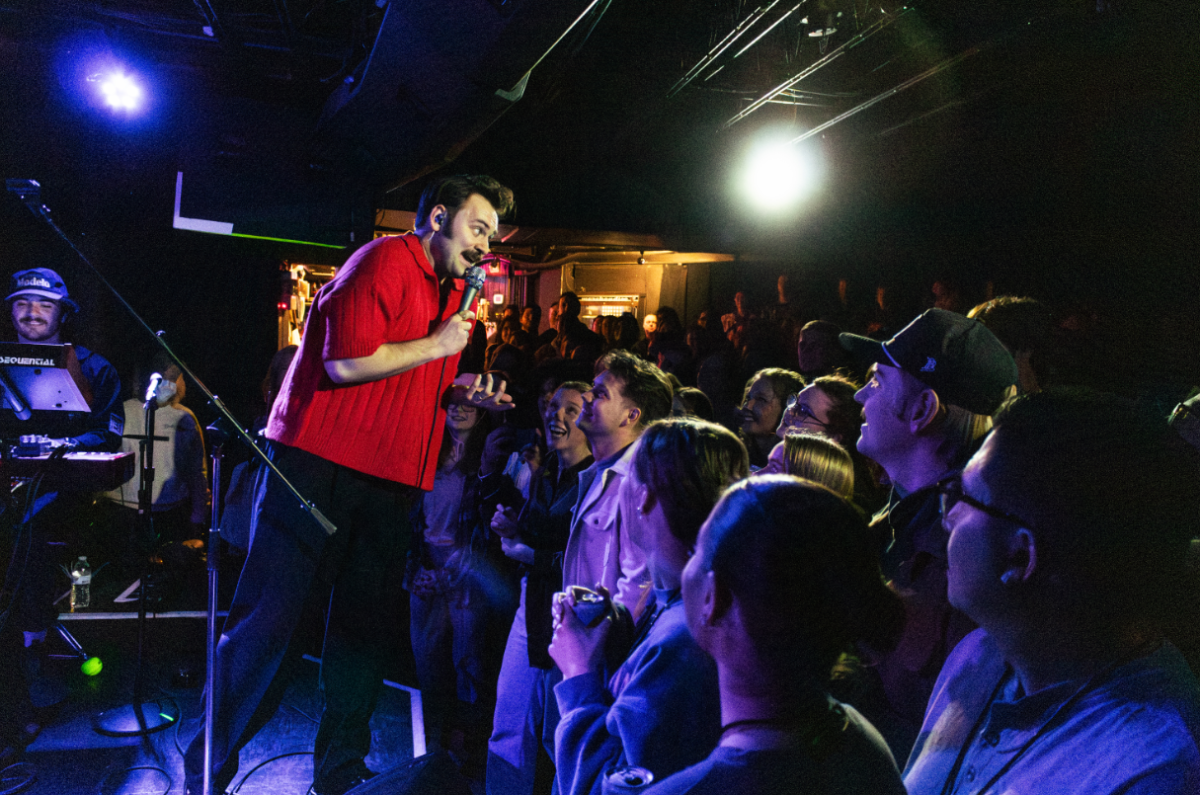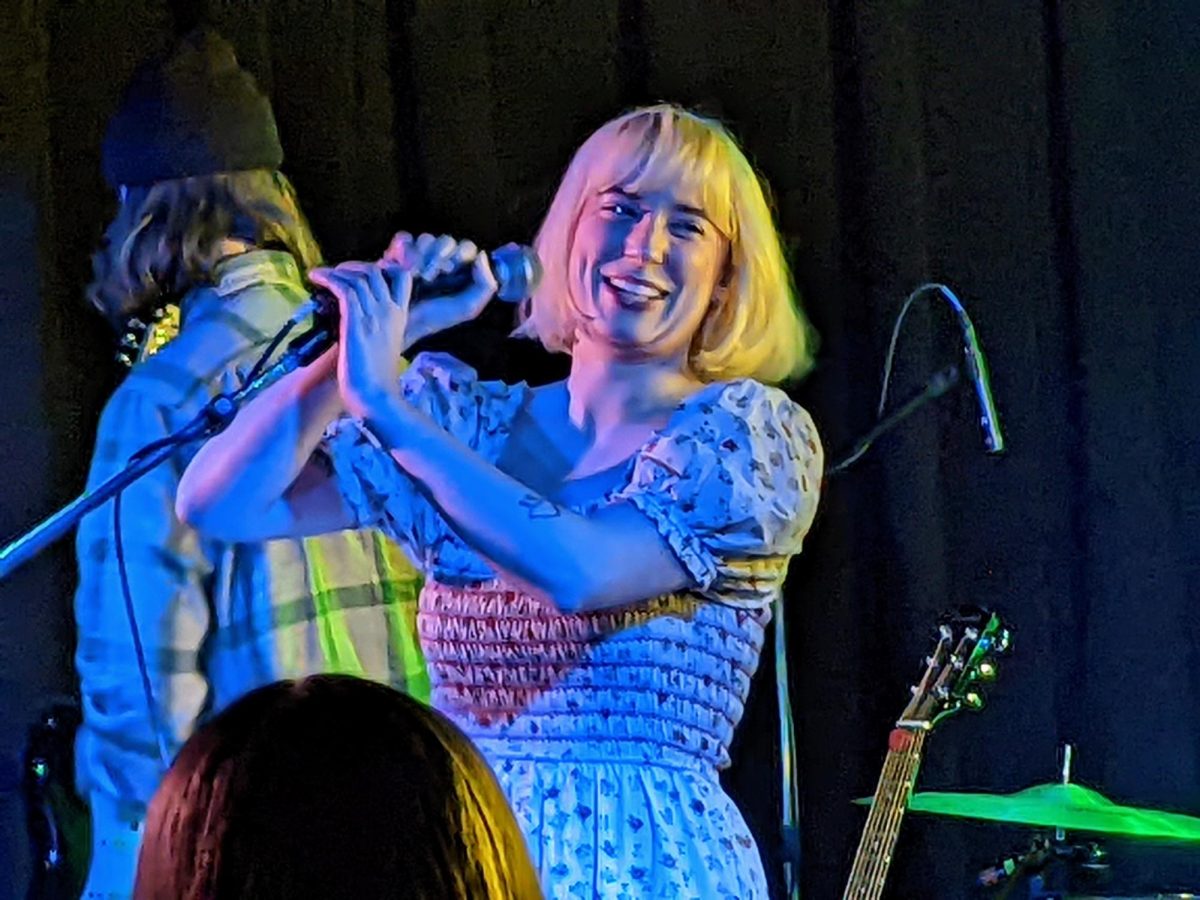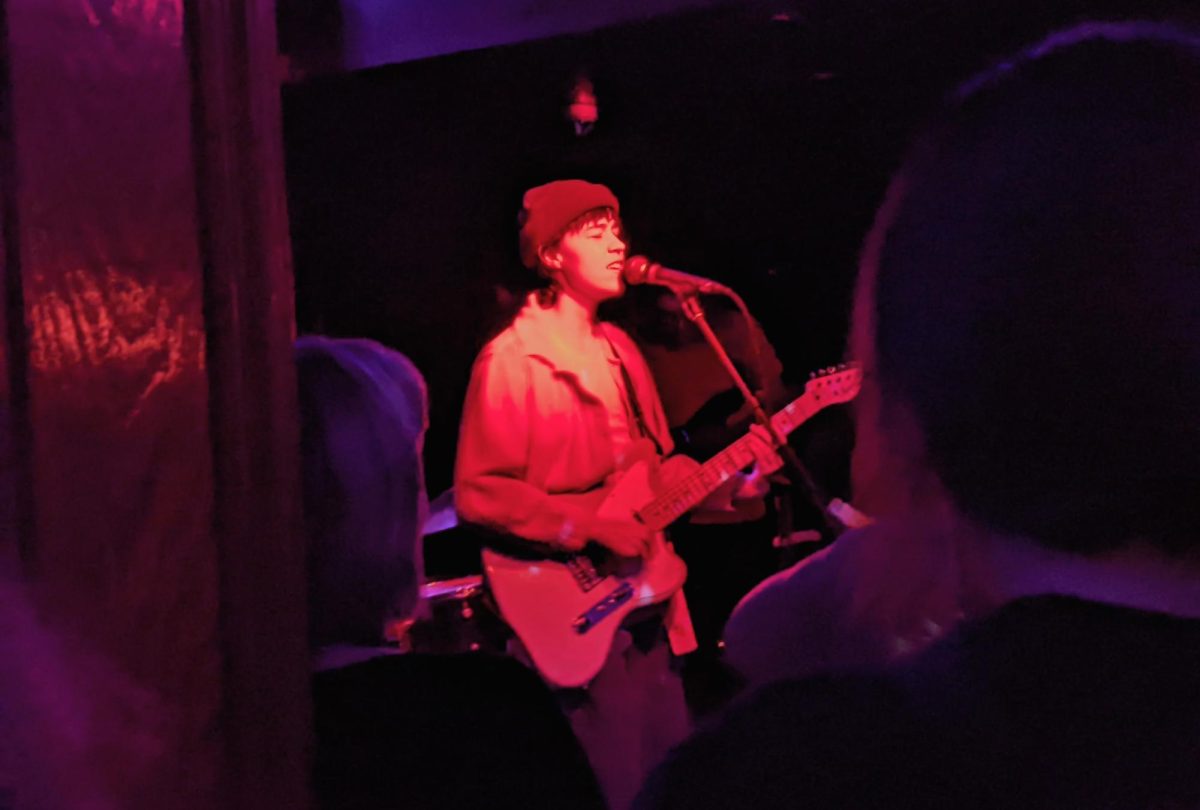Love them or hate them, everybody has seen at least part of one of the seemingly endless supply of Godzilla movies. We all know the man in the fake-looking rubber lizard suit stomping around on miniature cities. What we may not know, however, is that we have never seen the real Godzilla, the version that was originally released in Japan. Americans have only had access to the cornball, edited fiasco with Raymond Burr scenes taped in every so often.
In 1954, the original “Godzilla” (“Gojira”) was released in Japan and it received wide acclaim. Not surprisingly, since director Ishiro Honda worked on several films with Japan’s most renowned director, Akira Kurosawa, as did star Takashi Shimura.
Now, fifty years after its initial Japanese release, American audiences will get to see the film that has been included on a wide selection of “best films” lists in Japan, while being relegated to the class of Sunday-morning sci-fi B-movies on television in the States.
The most obvious difference between the versions is that the Japanese original contains no scenes with pre-Perry Mason Raymond Burr. Those scenes were added when the film was first brought to the U.S. in 1957. The plastic surgery disaster that the American company released had removed all of the political overtones and biting humor. Atrocious voice dubbing and bafflingly badly done scenes featuring Burr and stand-ins for the original Japanese cast cemented its reputation as schlock.
The version we’re used to is funny because it’s terrible. This version has some genuinely comic moments, but far and away the most striking element is the strongly anti-nuclear rhetoric. The ending of the American version cut out an entire monologue in which Shimura expresses his fear that if people cannot stop using H-bombs, Godzilla will surely return and destroy other cities.
Godzilla is man’s inhumanity to man, our willingness to destroy recklessly and kill without thinking. Japan had seen plenty of this at the end of World War II, so it is not surprising that a film like “Godzilla” would be popular.
It is for these same reasons that it should come as no surprise that the American version is so heavily modified. Over 40 minutes were clipped from the original version, leaving nothing but the basic story (giant dinosaur-like-thing sinks ships, invades city). Then, all the anti-bomb stuff is replaced with Raymond Burr’s middle rung star appeal. What we’re left with is a silly horror flick that has for decades been somehow representative of Japanese films in general for a great number of Americans, whether they like the film or not.
Most people don’t even know that they’re missing anything when they see the 1957 version, which is really too bad. This is a great opportunity to see a film restored in the truest sense. It looks great, sounds great, and has its original parts with no filler added. Seeing this will change the way you see kaiju eiga (monster movies), and give you a bit more to think about than you would ever have ever expected from a Godzilla picture.







